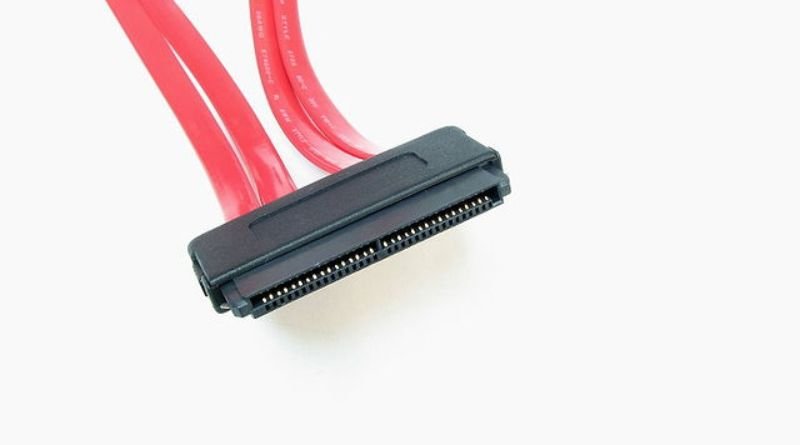SATA, SAS, or Near Line SAS: Which Disk is Right for You?

Datacenter disk drives come in three common flavors: SATA, SAS, and Near Line SAS (NL-SAS). Choosing the right drive can be confusing, but it’s important to understand the differences between each type of disk so you can make an informed decision about what’s best for your particular application. Today we’ll compare SATA, SAS, and NL-SAS to help you decide which drive best fits your data center needs. First let’s cover some basics.
Today’s Pros
No matter what business you’re in, data storage is a critical part of your operation. And when it comes to storing data, you have a few different options to choose from. SATA, SAS, and Near Line SAS are all popular choices, but which one is right for you? Read on to find out more about each type of disk so that you can make the best decision possible. SAS disks have several advantages over both SATA and NL-SAS disks. First, they’re faster than both other types of disks, allowing them to process large files more quickly. They also require less power than either SATA or NL-SAS disks because they don’t need an external power supply to run as these other two types do. These are just a couple of their many benefits; however, like with any piece of technology, there are some drawbacks too.
Today’s Cons
There are three primary types of disks on the market today: SATA (Serial ATA), SAS (Serial Attached SCSI), and Near Line SAS (NL-SAS). SATA disks are the most common and most affordable, but they offer the lowest performance. SAS disks offer the best performance but are more expensive. NL-SAS disks offer a good balance of performance and price. If you need to access your data in real time then a SATA disk will be the best option. If you want to increase your throughput but don’t need it to be available in real time then an NL-SAS disk will work better for you. If you have an application that needs higher reliability, longevity, and scalability than an SAS disk can provide then choose an NL-SAS disk instead.
The table below shows how different applications might benefit from using different types of disks . Clicking on each column header will sort by the selected attribute. Clicking again will reverse the order. For example, if you click on Performance once and Price twice, the row labeled Price will now show Performance.
The Best Option For You
When it comes to storage, there are three main types of disk drives: SATA (Serial ATA), SAS (Serial Attached SCSI), and Near Line SAS (NL-SAS). So which one is the best option for you? Well, that depends on what your needs are. The general rule of thumb is that NL-SAS should be used if you have a need for data access more than a few hours after an outage; SAS should be used if your data can remain offline for more than a few hours but less than a day; and SATA should be used if your data can remain offline for less than an hour. If your data will remain unavailable for more than 24 hours, then Near Line SAS is the recommended solution.
One downside of this type of drive is its lack of speed compared to other types. One upside, however, is that it’s relatively inexpensive. In contrast, when speed matters most, SAS would be a better choice as it offers fast data transfer rates. However, with this type of drive you run the risk of outages lasting more than a day—in fact they may last up to 7 days before someone can fix them.
For those who don’t care about getting back their data quickly, this might not be a problem. But if high speeds are important to you and your company, SAS is not the best bet. And because Near Line SAS drives are slower than SAS ones, they often cost more too. It all boils down to what your needs are in terms of cost versus accessibility–you might want to take some time weighing these options before making a decision about which type of disk is right for you!



